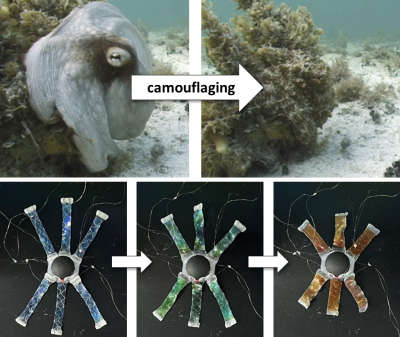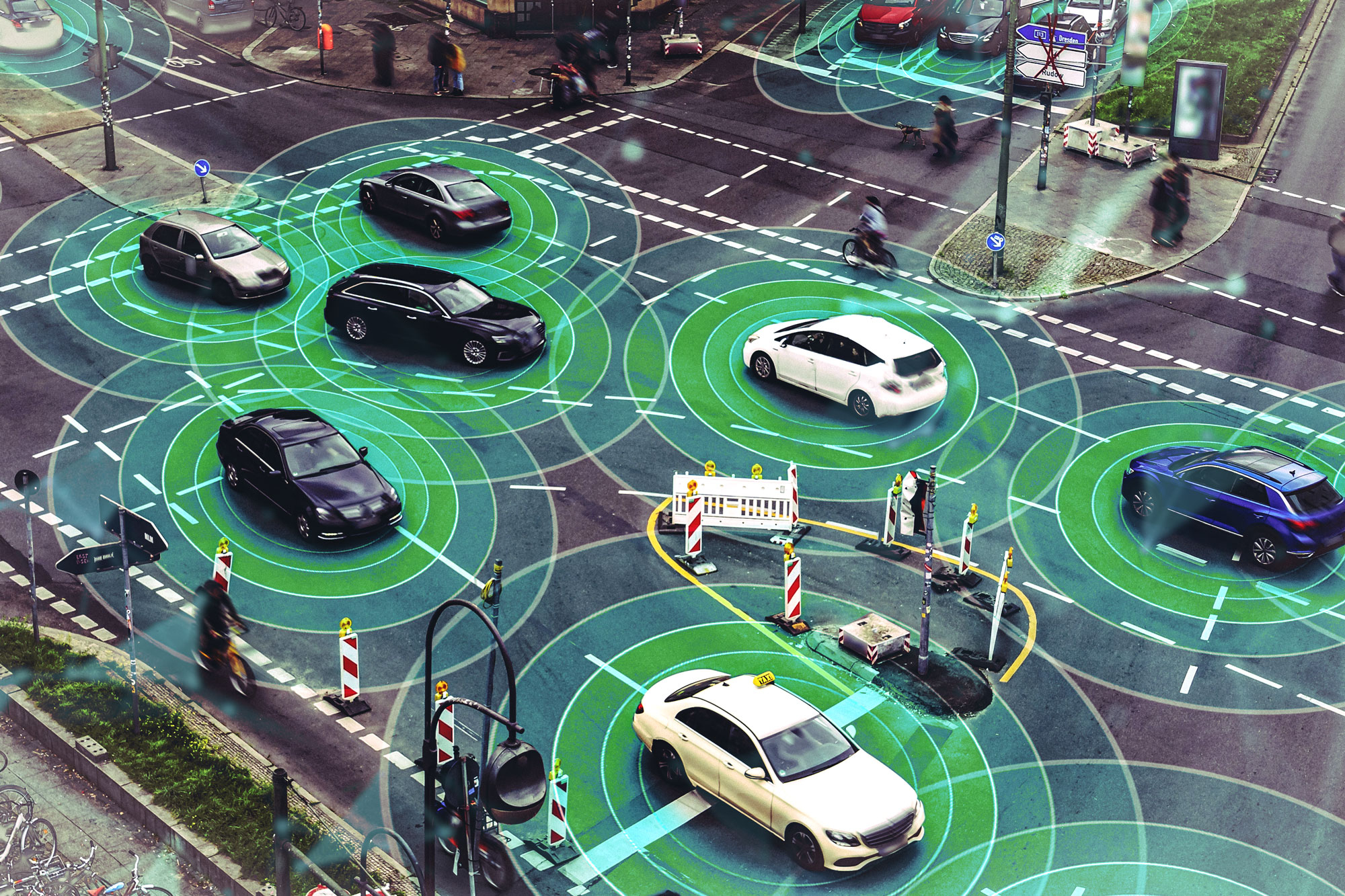A recent study from the Massachusetts Institute of Technology (MIT) reveals that eco-driving measures could significantly reduce vehicle emissions in urban areas. The research indicates that implementing these strategies—such as adjusting vehicle speeds to minimize stops and excessive acceleration—could lead to a reduction of carbon dioxide emissions by as much as 22 percent at signalized intersections in major U.S. cities.
Utilizing advanced artificial intelligence techniques, specifically deep reinforcement learning, MIT researchers assessed the impact of various factors on vehicle emissions across three cities: Atlanta, San Francisco, and Los Angeles. Their findings suggest that even a modest adoption of eco-driving—by just 10 percent of vehicles—could account for 25 to 50 percent of the total emissions reduction.
Understanding Eco-Driving and Its Benefits
Eco-driving encompasses a range of vehicle-based traffic control measures aimed at reducing energy consumption. In the short term, this could involve speed guidance via vehicle dashboards or smartphone applications. In the long term, it may include intelligent speed commands that interact directly with semi-autonomous and fully autonomous vehicles.
Cathy Wu, a senior author of the study and an associate professor at MIT, emphasized the innovative nature of their research. “Vehicle-based control strategies like eco-driving can move the needle on climate change reduction,” she stated. The study, which appears in Transportation Research Part C, showcases how modern machine-learning tools can enhance decision-making in transportation.
The researchers identified 33 factors influencing vehicle emissions, such as temperature, road grade, and driver behavior. To analyze these factors, they created digital representations of over 6,000 signalized intersections and simulated more than one million traffic scenarios. This comprehensive approach allowed them to model the potential emissions reductions associated with eco-driving.
Impact on Traffic Efficiency and Safety
The results indicate that the full adoption of eco-driving could reduce intersection emissions by 11 to 22 percent, depending on the city’s layout. For instance, denser cities like San Francisco may see lower reductions due to limited opportunities for optimizing speeds between intersections, while Atlanta could benefit more from higher speed limits.
Interestingly, eco-driving strategies could also enhance vehicle throughput by facilitating smoother traffic flow. Nevertheless, Wu cautioned that increased throughput might inadvertently encourage more drivers to hit the road, potentially negating some emissions benefits.
While the study highlighted the effectiveness of eco-driving in improving energy efficiency, it also raised concerns about its impact on safety. Preliminary analyses suggest that eco-driving is as safe as human driving according to established safety metrics. However, further research is necessary to fully understand any unexpected behaviors that could arise from such measures.
The research also indicates that eco-driving can yield even more significant benefits when combined with other transportation decarbonization efforts. For example, a 20 percent adoption of eco-driving in San Francisco could lead to a 7 percent decrease in emissions. When paired with anticipated growth in hybrid and electric vehicle usage, the total emissions reduction could reach 17 percent.
“This is a first attempt to systematically quantify network-wide environmental benefits of eco-driving,” remarked Hesham Rakha, a professor at Virginia Tech not involved in the study. His acknowledgment underscores the importance of this research as a foundational reference for future assessments of eco-driving systems.
Funding for this significant research effort was provided by Amazon and the Utah Department of Transportation. As cities continue to grapple with climate change and air quality issues, eco-driving presents a viable strategy for reducing emissions without necessitating drastic changes to existing transportation infrastructure. With smartphones and advanced vehicle technologies becoming ubiquitous, the potential for widespread adoption of eco-driving measures appears promising and timely.





































































